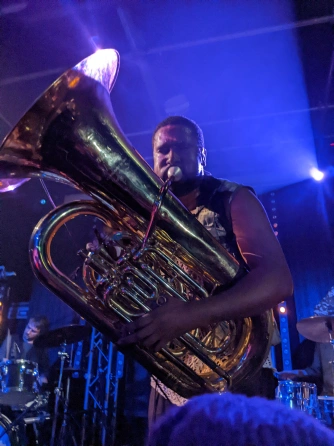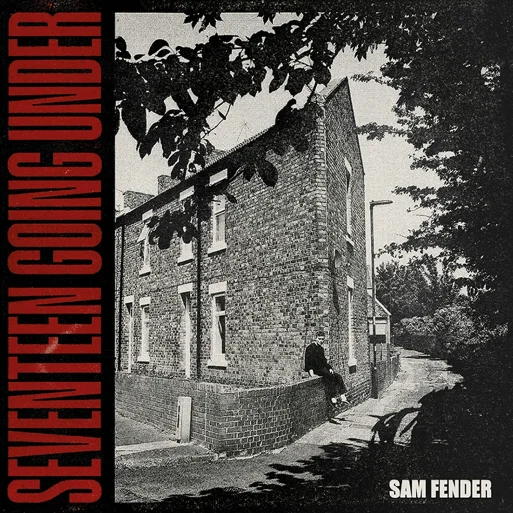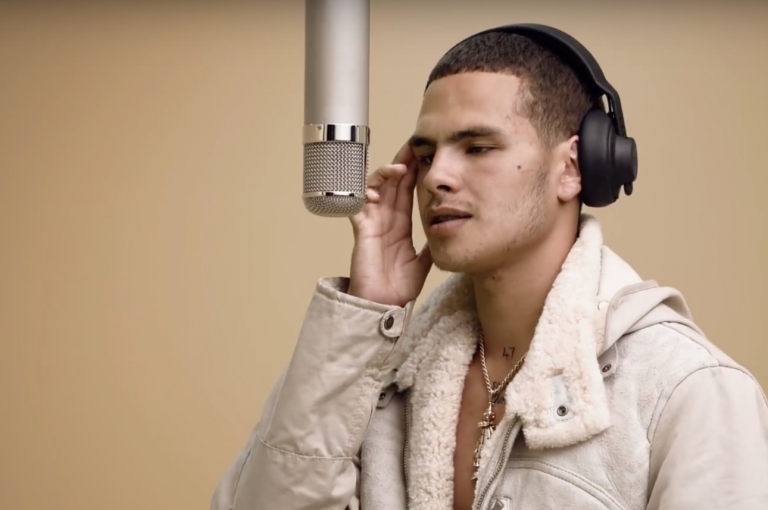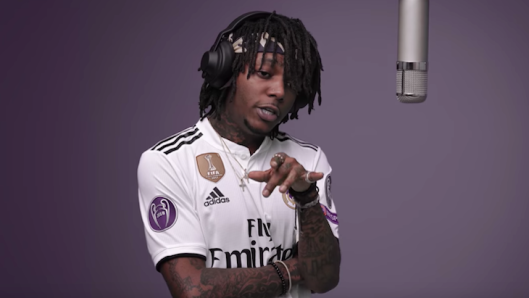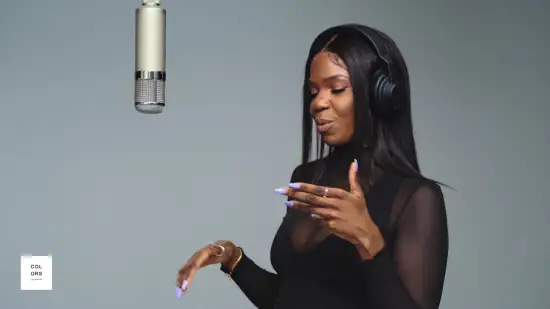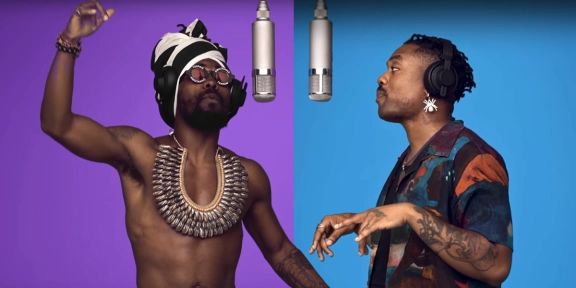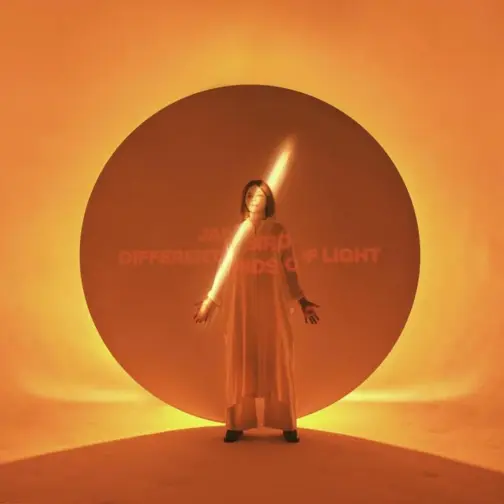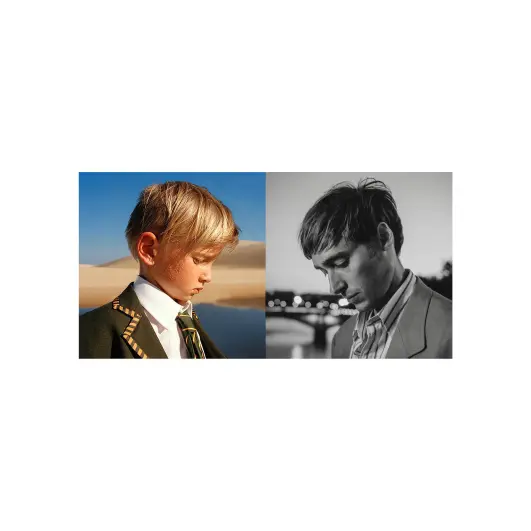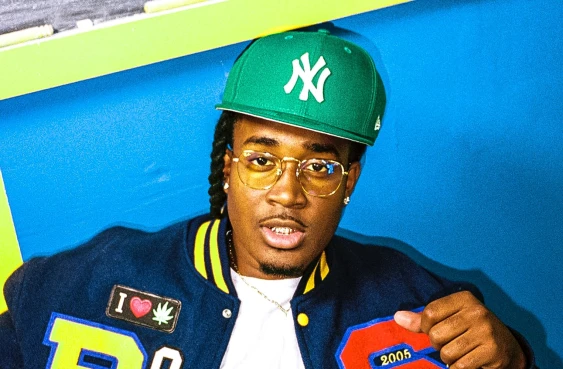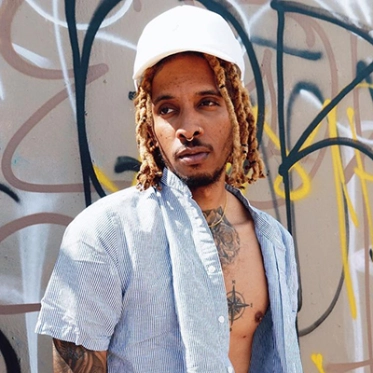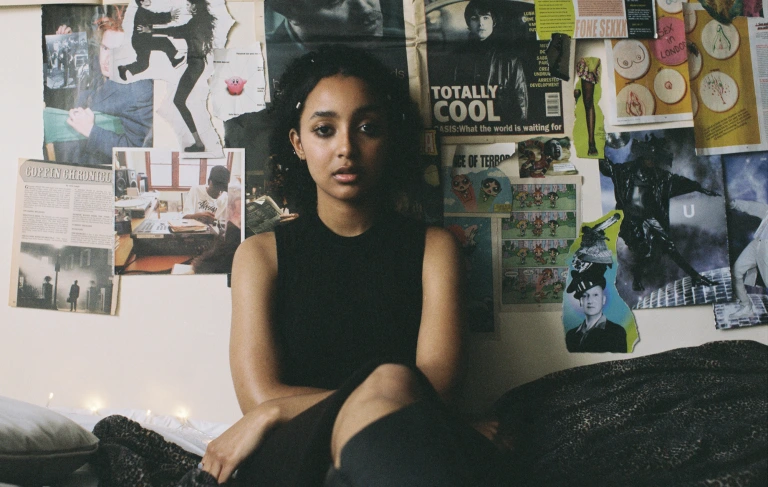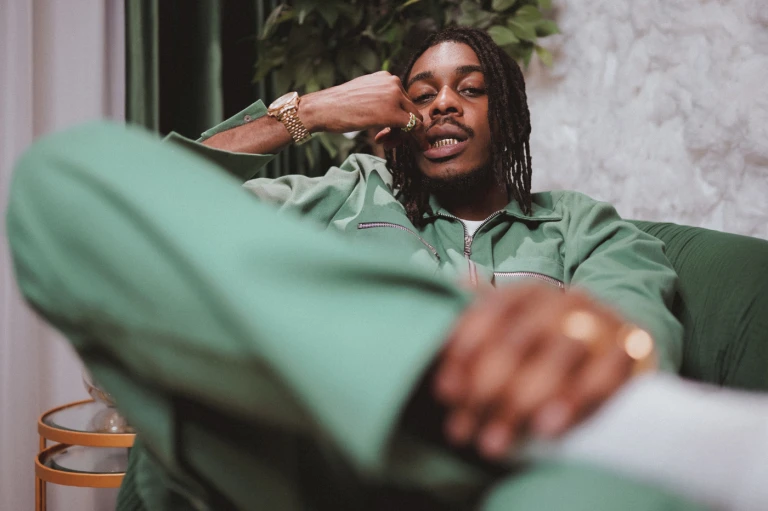When megastars Anderson .Paak and Bruno Mars first collaborated under the name Silk Sonic for their gorgeous retro single Leave the Door Open earlier this year they blew minds and topped charts the world over. Could the album that followed ever hope match the stellar quality of the lead single? Alex Walden seems to think so.

Remember as a kid when you’d be in the car with your parents and they’d play their music and they would be absolutely feeling it, yet, if you were like me, you were probably sat their thinking “these songs are so cheesy, I wish they’d put something better on”? I’d say that’s probably one of my fondest memories as a child. Despite this, I was surprisingly excited when famed artists Anderson .Paak and Bruno Mars came together to release their debut track Leave The Door Open under their collaborative name Silk Sonic, which is a complete tribute to 70s B. Considering this song was released in 2021, as well as being in keeping with both Anderson .Paak and Bruno Mars’ musical styles, I was surprised to discover that this song sounded like it came fresh out of a 1970s RnB album and even more surprised that I liked it as much as I did. Everything about it from the music video to the sound, the background and even the dress sense screamed 70’s to me and I couldn’t get enough of it. The vibe was immaculate. I could tell that these two were destined to create something great from this song alone.
Shortly after, the dynamic duo released their next singles, Skate and Smokin’ Out The Window featuring Paak’s playa style lyrics followed by Mars’ amazing vocals. These tracks did not miss at all and only made me more excited about the possibility of an album. With features from Thundercat as well as the Godfather of Funk himself, Bootsy Collins, I was incredibly excited to see how these two could do when they make a full-length project.
The Sound of the album
As far as the album goes, I feel confident saying that this album is one of the best albums I’ve heard this year. It feels refreshing to get a decent short-length album which if entirely full of memorable tracks. Most albums produced by major artists today end up being one or two hours long and have about 20 to 30 songs which you end up forgetting the majority of because you just stream a few tracks. Silk Sonic definitely made the right decision by choosing to just keep their project short but sweet, with this project being nine tracks long and lasting a nice 31 minutes. It definitely feels like that feel-good funk that you need in your life to put you in a good mood. I find myself enjoying this project a lot (sometimes way to much more than I should do I’ll admit). Songs such as Fly as Me and 777 have that rich 70s Playboy vibe to make you feel confident and ready to stunt whereas songs such as After Last Night and Put On A Smile definitely have a much more relaxed feel. Nevertheless, Mars’ vocal ability on these tracks will definitely have you lip syncing in as if you’re on stage with him. As well as the duo’s lyrical ability, this album features plenty of comedy. With one liners such as “But I also hope that your triflin’ ass is walkin’ round barefoot in these streets” and “If bein’ fine was a crime girl, they’d lock your lil’ fine ass up in a tower” from Paak, These little splashes of comedy scattered throughout the album definitely help with the project’s originality.
It’s feel-good funk to put you in a good mood… Mars’ vocal ability will have you lip-syncing as if you’re on stage with him.
However, despite me mentioning the projects originality, honestly there’s not a lot to comment about when it comes how unique this project is. Now don’t get me wrong, I know this project is intended to sound like an ode to the 70s, but you can tell from the lyrics on this project that the main focus of this project was just to have as much fun as possible and while that pays off with the feel good vibe throughout the projects, the majority of the lyrics feel kind of bland considering were talking about Bruno Mars and Anderson .Paak here. These guys clearly have the potential to create something a more lyrically complex.
That said, it feels slightly weird to critique this project at all. Listening to this album is a bit like watching a school band performance or an old movie which has got quite poor special effects when compared to today’s standards. You don’t expect it to be flawless by any means but you’re seen as a bit of a party pooper if you critique it. The main purpose isn’t to sit there analysing how every single detail could be better – ironic considering that’s what I’m trying to do right now. It’s supposed to let you escape from modern music for a bit and just let you have fun, so I advise you listen to this with a casual mindset. Don’t go trying to analyse every single layer of music in each song to try comprehend how amazing it is.
The vocals are both incredibly smooth and extremely powerful. Prominent bass compliments the drums effortlessly.
Final Thoughts
Honestly, I’d recommend this to pretty much anyone. It just has an amazing vibe to it. I think everyone can enjoy this, regardless of what music you choose to listen to; no one can resist those vocals which are both incredibly smooth and extremely powerful, as well as that prominent bass which compliments those drums effortlessly. It’s not some project that you have to sit and really focus to fully grasp the artistic capabilities of these artists and that’s the good thing about it: you can just enjoy it casually and have fun. I guarantee you’ll be moving in some way while listening to it, whether it be just moving your feet, or dancing in your room like me. Either way, make sure you enjoy yourself.



